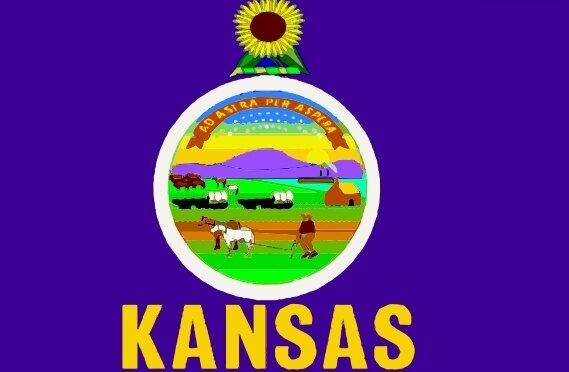Governor Laura Kelly Urges Kansans to do Their Part, Continue to Conserve Energy
TOPEKA – Governor Laura Kelly continues to urge Kansans to do their part and conserve energy to help ensure a continued supply of natural gas and electricity throughout the state.
“Kansans are known for pulling together and taking care of our neighbors,” Governor Kelly said. “Conserving energy during these frigid temperatures is necessary to ensure our neighbors have enough electricity to weather this cold spell. We all must come together and do our part to get us through this critical time.”
Governor Kelly issued a State of Disaster Emergency on Feb. 14, which authorizes the use of state resources and personnel to assist with response and recovery operations in affected counties that meet certain criteria. The declaration allows for such things as providing generators to hospitals or long-term care facilities that lose power, transportation of supplies such as personal protective equipment, etc.
“Temperatures are forecast to start warming up this week, but we are not out of the woods yet,” Governor Kelly said. “There are a few simple measures we all can take to help limit our usage.”
The Southwest Power Pool (SPP) is a regional transmission organization which includes Kansas, Missouri and 12 other states. It monitors power flow through its footprint and coordinates regional response in emergency situations. At the direction of SPP, utilities are managing available resources using rolling blackouts to periodically reduce the load and conserve energy. These measures are taken preemptively so to prevent long-term power outages.
Here are some things each household can do to help in the conservation effort and slow down the increases in energy bills due to high usage:
- Keep your thermostat at 65-68 degrees Fahrenheit. Bundle up with sweaters and blankets instead of turning up the thermostat.
- Seal leaks around doors and windows. Apply weather stripping or caulk to seal gaps and cracks around windows and doors to stop air leaks and prevent energy loss. If that is not an option, you can also cover windows with towels, sheets or plastic to help keep the warm air in your house.
- Reduce the temperature on your water heater to 120 degrees Fahrenheit or put it on the “warm” setting. Take shorter showers and only use hot water when necessary.
- Close blinds and curtains. This helps keep warm air inside, especially if the sun is not shining.
- Change or clean filters. A clean filter on your furnace can lower your energy consumption and efficiency of your equipment.
- Hold off on doing chores. Doing laundry and washing dishes can both use natural gas to heat the water and your dryer. If you can, wait until the extreme cold weather passes to complete these activities. If you cannot wait, use the cold setting where possible.
- Install foam gaskets on electrical switches and outlets. Electrical switches and outlets can account for up to 10 percent of your home’s energy loss.
- Unplug unused electronics and turn off lights when not in use.
- Don’t heat up your oven. Use the microwave, crock pot or toaster oven. A microwave takes 15 minutes to do the same job as one hour in an oven.
